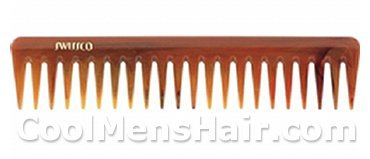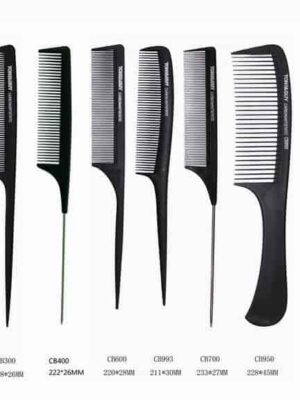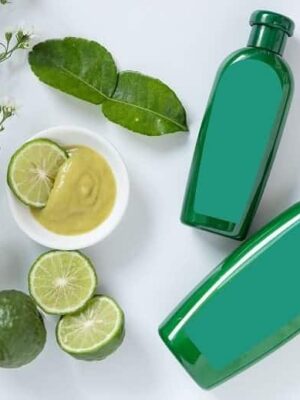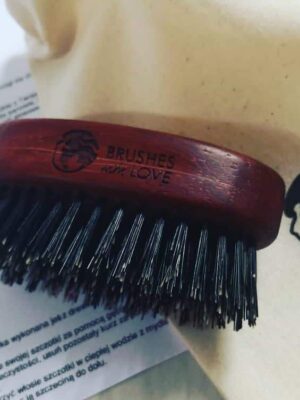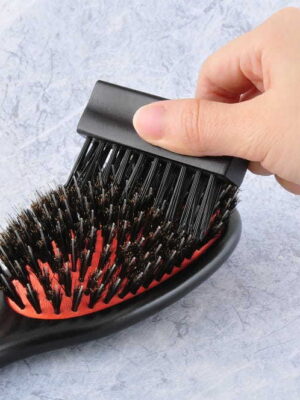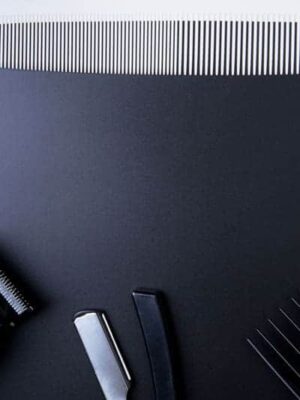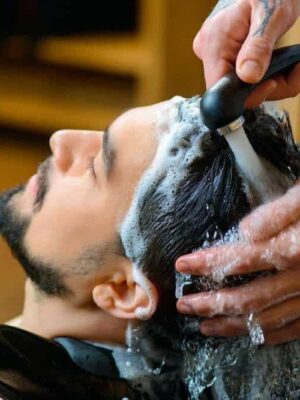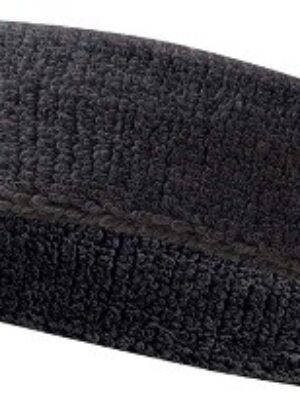There are some techniques on how to comb hair when it is wet that help keep your tresses groomed, smooth, tangle free, and without broken strands to reduce follicle health. When you shampoo your locks, the strands absorb a certain amount of water. As the cuticle is softened and takes up the moisture, the strand stretches and becomes thinner. As you can imagine, any further tension on the strand may cause it to break.
It is important to note that the follicles of wet hairs are more than two times as sensitive when they are wet, as when they are dry. Even more damage can be done if many types of shampoo are used. Shampoo strips the natural nutrients from the strands. Using conditioner alone is one way to solve the problem of overly harsh cleaning agents found in shampoos.
Some of the techniques that should be considered while combing wet hairs, other than the cleaning product you use include the slow and easy procedure. Start from the tips of the hairs and work the tool downward in short strokes. Avoid trying to force it through any snarls or knots.
Use the right tools. A brush is not the right tool. A brush is more likely to worsen the snarls and break the hair. By using a wide tooth smooth combing device, it will glide through the strands. The tool should have wide teeth and should always be made of a smooth surface.
Swissco Wet Comb Tortoise.
One example of a ideal device that is beneficial for your hair is the Swissco Wet Comb Tortoise. It is a one piece device in a tortoiseshell pattern. The teeth are wider than those of many of the other styles of combs you may be familiar with.
The comb is very easy to handle. It can be use in very long strands, but it is also effective in mid-length and shorter locks. The major benefit is the fact that the teeth are wide. As the combs are drawn through the strands, they doesn’t pull or tug at the wet strands. This protects against pulling out, damaging or splitting tips. You can buy it here>>
Combing wet hair effectively consists of three major elements. The wetting agent should be carefully chosen to avoid stripping vital nutrients from the strands. The right comb should be chosen. The major elements of the comb should be smooth and the teeth are to be wide. Finally, combing with short and gentle strokes working for the tips toward the scalp.

